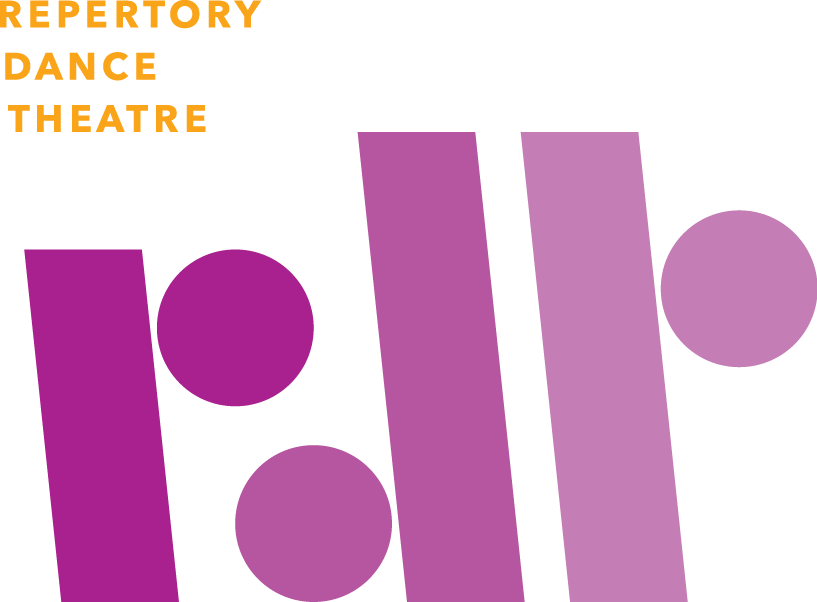-
Students will take inspiration from the choreographer Charles Moulton and his community based ball passing choreography. Students will learn basic ball passing movements and rhythms and create their own way of ball passing...
-
Students will explore the different steps and movements that make up common social dance line dances. They will then take some of these ideas and create their own unique line dance by manipulating these movements and using...
-
Fractions, Rhythm and Movement
Students will use rhythm to explore different fractions with movement and within the space. Learning Objectives/Goals The understanding of a whole note, half note, quarter note and eighth note as they relate to movement,...
-
The goal of this lesson plan is to re-enforce the importance and power of abstract thinking and abstract movement in the choreographic process. This lesson plan can help teachers fight the pre-conceived notion that dance...
-
In this lesson, students will use the choreographic elements of direction (forward, sideways, backwards), levels (low, medium, high), speed (slow, medium, fast) and actions (verbs) to create a dance. Learning...
-
Straight Curved and Angular Pathways
Students will explore the element of shape in the their bodies and use the element of time and space to create patterns using straight, curved and angular lines. Learning Objectives/Goals Students will work with straight,...
-
Time, Space, and Energy for Kindergarten Dance
This class will focus on introducing the elements of dance (time, space and energy) to Kindergarten Students. Students will move in many different ways exploring the space around them and different ways their bodies move....
-
Explore and experience how describing words can change how a movement can look and feel. Learning Objectives/Goals To experience kinesthetically verbs and adverbs and discover the differences in “how” a movement can be...
-
Students will explore the life cycle of Wilson's Phalarope, a bird that lives at the Great Salt Lake. Learning Objectives/Goals Use descriptive words to define how a bird's shape and size change throughout its life cycle...

